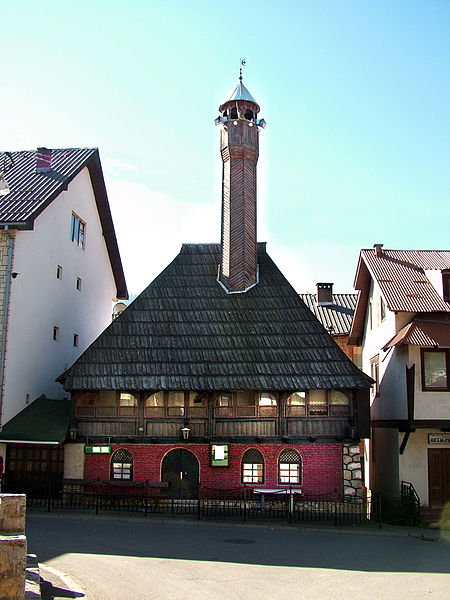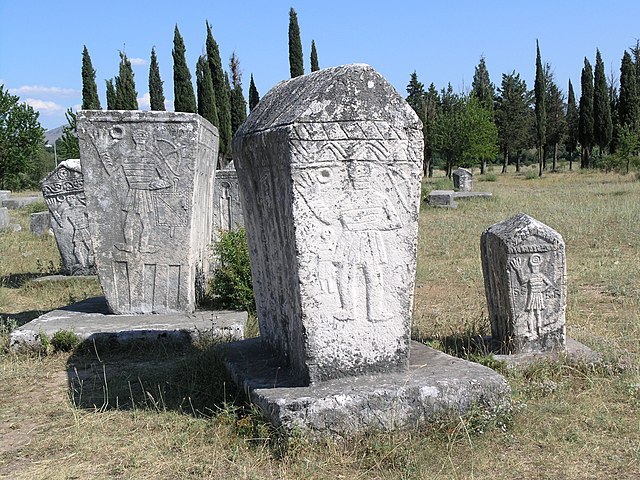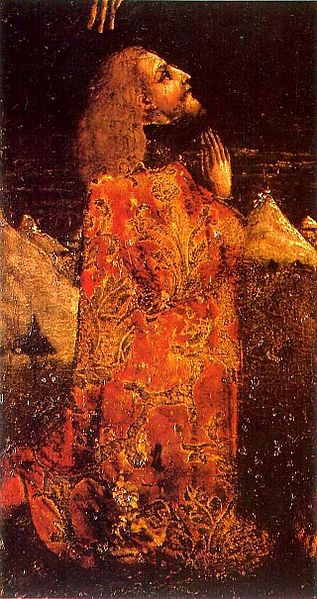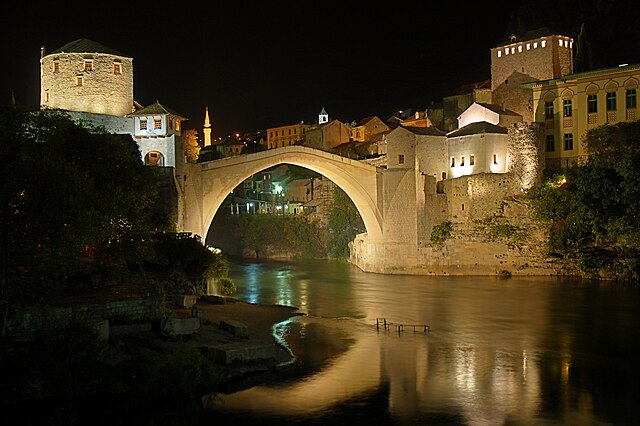Kuči is a historical tribe (pleme) of Albanian origin and a region in central and eastern Montenegro, north-east of Podgorica, extending along the border with Albania. Processes of Slavicisation during the Ottoman era and onwards facilitated ethno-linguistic shifts within much of the community. As such, people from the Kuči today largely identify themselves as Montenegrins and Serbs, with a minority still identifying as Albanians. In other areas such as the Sandžak, many Muslim descendants of the Kuči today identify as Bosniaks.
Kučanska Mosque in Rožaje
Marko Miljanov (1833–1901), chieftain of Kuči.
The Bosniaks are a South Slavic ethnic group native to the Southeast European historical region of Bosnia, which is today part of Bosnia and Herzegovina, who share a common Bosnian ancestry, culture, history and language. They primarily live in Bosnia, Serbia, Montenegro, Croatia, Kosovo as well as in Austria, Germany, Turkey and Sweden. They also constitute a significant diaspora with several communities across Europe, the Americas and Oceania.
The Bosniak Institute located in the city of Sarajevo.
Medieval monumental tombstones (Stećci) that lie scattered across Bosnia and Herzegovina are historically associated with the Bosnian Church movement
Stephen Tomašević of Bosnia, in front of Christ, by Jacopo Bellini in c. 1460.
Stari Most is a 16th-century Ottoman bridge in the city of Mostar designed by Turkish architect Mimar Sinan






